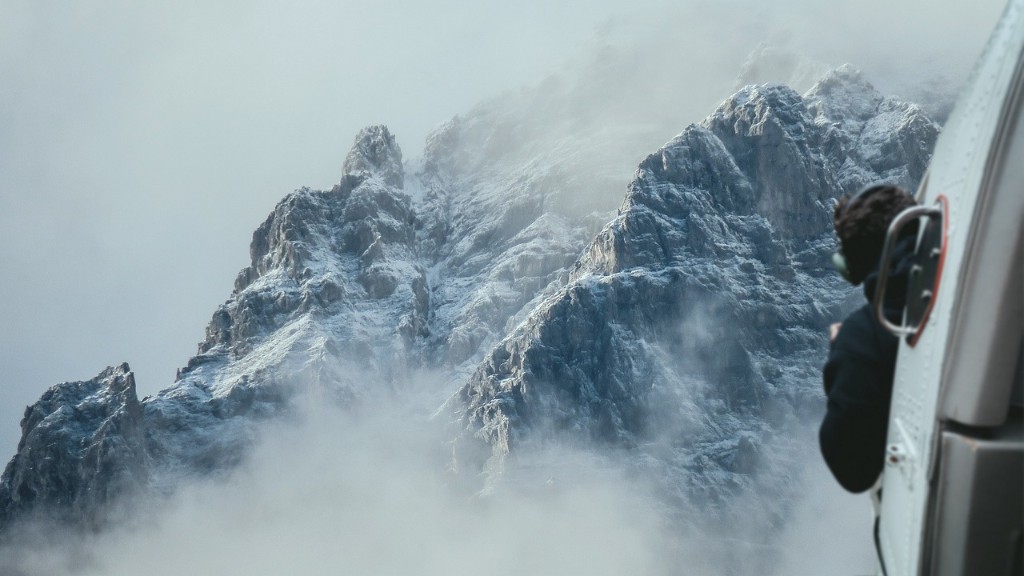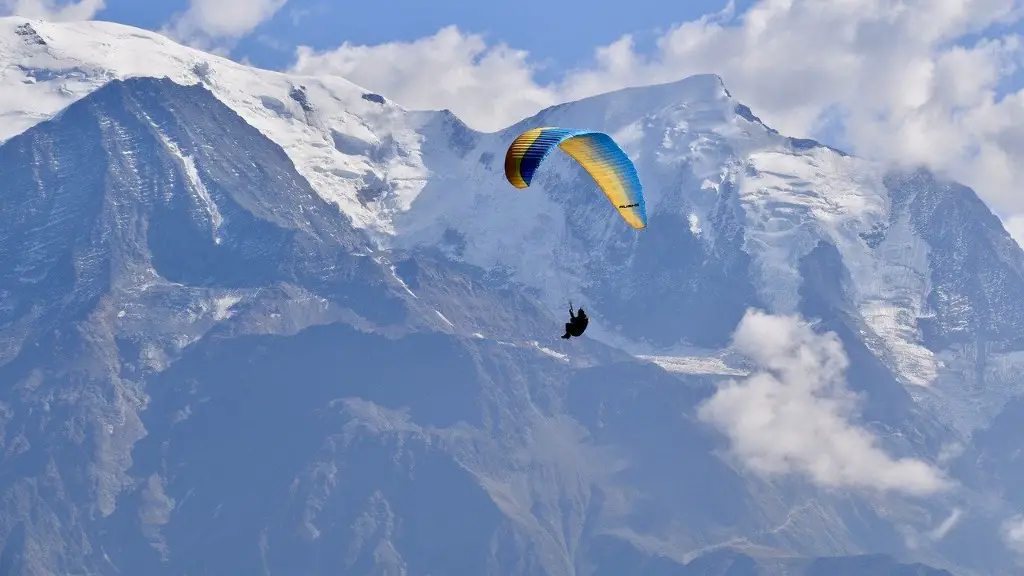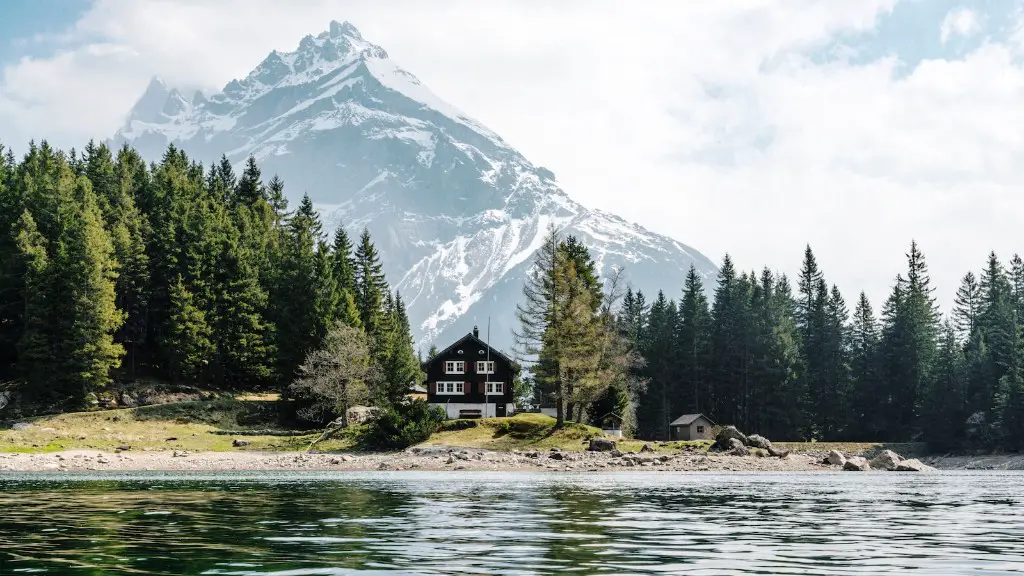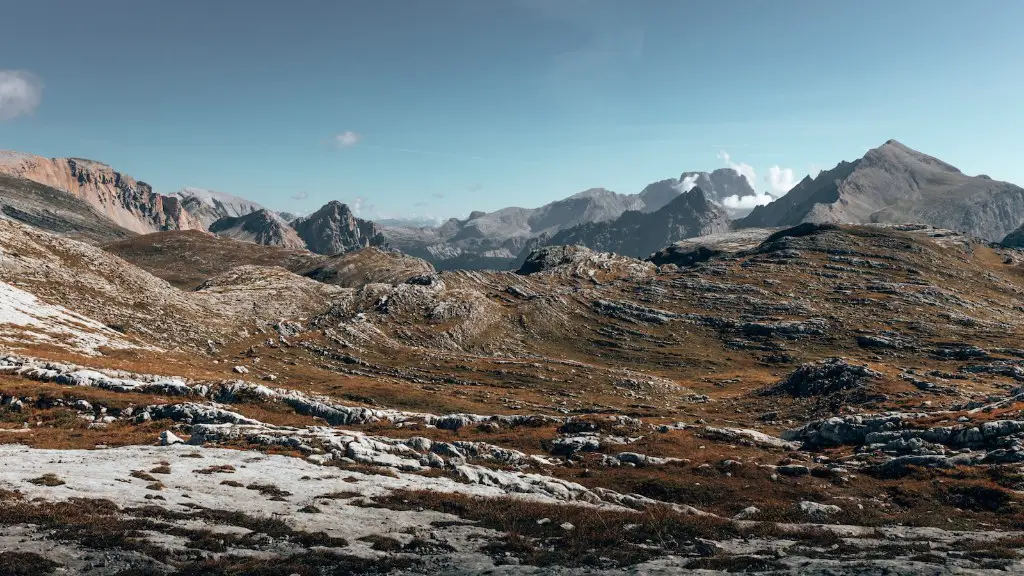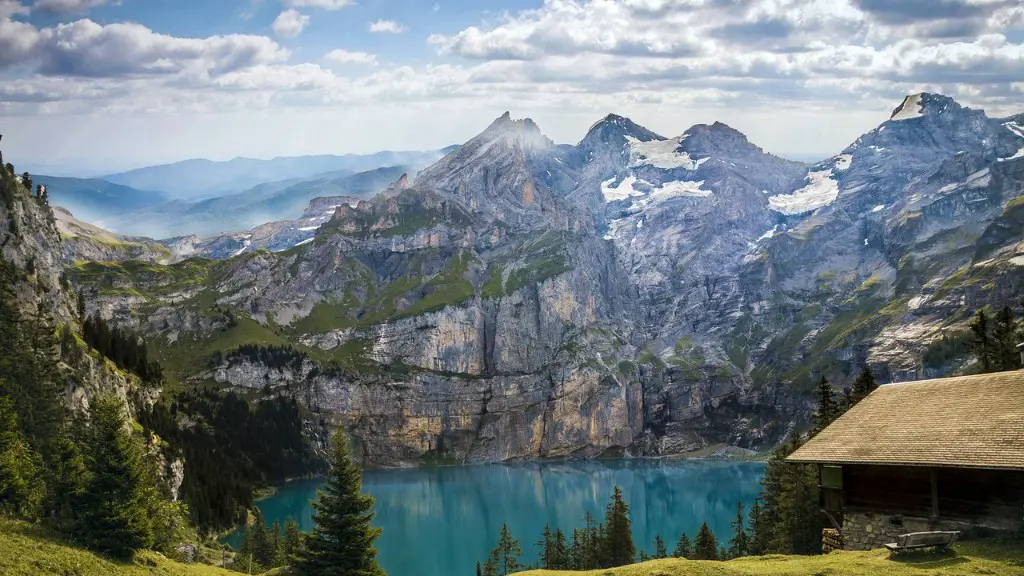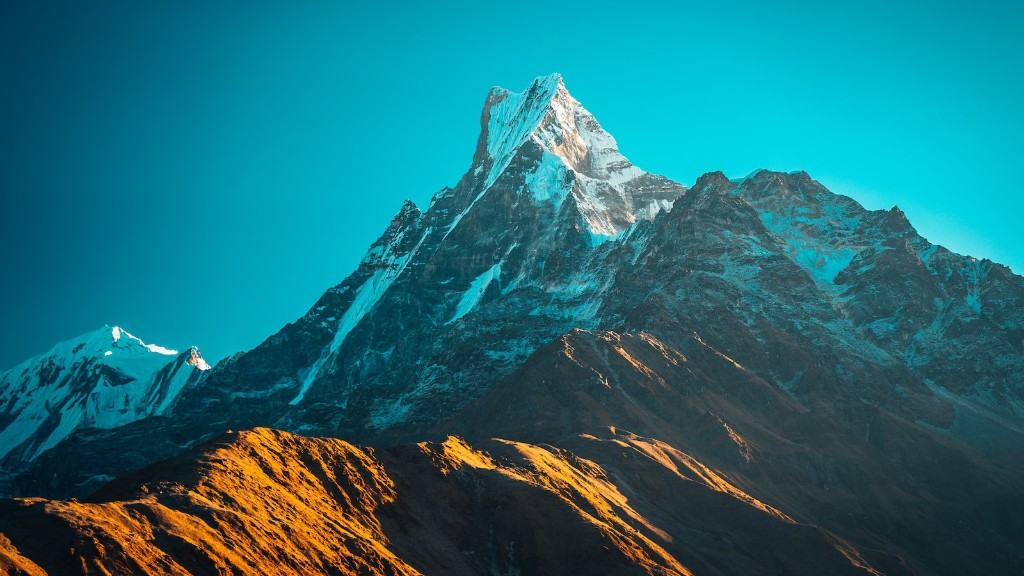Mount Fuji is the tallest mountain in Japan and is one of the most popular tourist destinations in the country. The mountain is an active volcano that last erupted in 1707. Mount Fuji is believed to have formed over 100,000 years ago.
Mount Fuji was formed over many years as the result of various volcanic eruptions. The most recent eruption occurred in 1707, and the mountain has been inactive since then.
What plates formed Mount Fuji?
Mount Fuji is a product of the subduction zone that straddles Japan, with the Pacific Plate and the Philippine Plate being subducted under the Eurasian plate. The subduction of these plates has caused the formation of Mount Fuji.
The earthquake on the 11th of November, 1707 in Honshu, Japan caused Mt Fuji to erupt 49 days later on the 16th of December. This was due to the magma mixing that was induced by the stress change in the region as a result of the earthquake.
When did Mount Fuji start forming
Mount Fuji was built on top of the Pleistocene stratovolcano Komitake. The main eruptive phases that formed Fuji occurred 80,000 to 10,000 years ago, followed by another phase starting roughly 5000 years ago and continuing to the present.
1. Mount Fuji is three volcanoes in one.
2. Women were forbidden to climb it until 1868.
3. It is a sacred mountain.
4. It was first climbed by a monk.
5. It is a symbol of Japan.
6. It is an active volcano.
7. It last erupted in 1707.
8. It is surrounded by five beautiful lakes.
9. Every year, around 300,000 people climb Mount Fuji.
10. It is one of the Seven Wonders of Nature.
Is Mount Fuji explosive or quiet?
Fuji is a large and active volcano, with a history of both explosive and effusive eruptions. The most recent eruption, in 1707, was explosive, while the 864–866 CE Jogan eruption was effusive. Each type of eruption has its own unique characteristics, and both can be damaging to nearby communities.
Mount Fuji is an iconic symbol of Japan and one of the most popular tourist destinations in the country. However, it’s also an active volcano that has erupted about 180 times over the past 5,600 years. The most recent one was more than 300 years ago, the Hoei eruption of 1707, and experts anticipate that another eruption could occur again before long. While the risk of an eruption happening during your visit is relatively low, it’s still something to be aware of if you’re planning to hike or climb Mount Fuji. Be sure to check the latest advisories from the Japan Meteorological Agency before you go, and stay safe!
How many deaths has Mount Fuji caused?
Please be advised that the Fuji volcano has a history of large eruptions, with the most recent happening in 1707-1708. Although no fatalities have been reported, these eruptions have caused damage to nearby areas. If you live in or are planning to visit the area, please be aware of the potential hazards and take necessary precautions.
Mount Fuji is not a supervolcano, which is simply a volcano that has erupted with an explosivity index of at least 8. An eruption of this size has not occurred in recorded history, likely last occurring in New Zealand about 26,000 years ago.
Why does Mount Fuji exist
Mount Fuji is a volcano located in central Japan. It is the country’s highest mountain, reaching an elevation of 3,776 metres (12,388 feet). Mount Fuji is an active volcano that last erupted in 1707. The mountain is about 10,000 years old and is considered sacred by the Japanese people.
Mount Fuji is Japan’s tallest and most famous mountain, and is an active volcano in the Ring of Fire. The mountain is a popular tourist destination, and many people climb to the summit each year. The mountain is also home to several Buddhist temples, and is considered a sacred site.
What would happen if Mount Fuji erupted again?
An eruption could threaten the lives of over 8 million people in Tokyo and nearby areas, as well as destroy roads and railways connecting some of Japan’s most populous cities.
Mount Fuji is a very important place in Japanese religion. It is often known as Fujiyama or Fuji-San, and is worshipped as a god (kami) in Japan. Its volcanic activity is seen as a symbol of the earth, sky, and fire, and so many pilgrims make the journey to the summit of Mount Fuji each year, either on foot or in the cable car.
Why Mount Fuji is blue
The Blue Mt Fuji Nama is a beer that is characterized by its blue color, which is due to the use of Spirulina, a blue-green algae. The beer is also brewed with natural water from Mt Fuji, and is known for its fruity hop aroma and citrus and berry flavors.
Many people assume that such an iconic mountain as Mount Fuji must be owned by the state. However, the truth is that from the 8th stage and upwards, Mount Fuji is the private territory of Fujisan Hongū Sengen Taisha, which owns more than 1,300 temples around the island nation.
Could Mount Fuji destroy Tokyo?
The potential for disaster is high if a major eruption of Mount Fuji were to happen today, as shown in a recent simulation by the government’s Central Disaster Management Council. Tokyo, Japan’s capital, could end up paralyzed within just three hours. This is a serious concern and everyone should be aware of the potential consequences. We must all do what we can to be prepared for such an event and hope that it does not happen.
As of late, there has been no volcanic activity at Mount Fuji. The last eruption occurred in 1707, and since then, the mountain has been dormant. However, in the 1960s, there were signs of volcanic activity, but nothing has come of it since. It is possible that Mount Fuji is still an active volcano, but there is no way to know for sure.
Which volcano is the least explode
Shield volcanoes form when lava flows from a central vent, or group of vents, with very little explosive activity. The lava is often very fluid, and flows easily from the vent. Shield volcanoes are usually found in areas of low plate stress, such as Hawaii.
There is no such thing as a volcano being “overdue” for an eruption. Volcanoes are unpredictable and their eruptions cannot be predicted. Even if we could predict when a volcano would erupt, it is not possible to say that it is “overdue” for an eruption. The math simply doesn’t work out.
Warp Up
Mount Fuji was formed around 100,000 years ago when the ocean floor was pushed up by tectonic activity.
Mount Fuji is a volcano that was formed by the movement of the Earth’s crust.
